As China became the world’s manufacturing center, millions of Western factory workers lost their jobs, yet countless Western consumers benefit from cheaper Chinese goods. India handles much of US companies’ back-office work. While this puts Western white-collar employees out of work, it allows Western companies to operate more efficiently, delivering increased value to investors. Robyn Meredith, a foreign correspondent at Forbes and a Hong Kong resident, discusses the positives and negatives of the ascension of China and India. Though this treatise hasn’t benefitted from the passage of time, getAbstract recommends Meredith’s work, with its resemblance to the Silk Road, where every stop is exotic, accessible and interesting.
The Chinese Dragon and the Indian Elephant
For many years, the economies in China and India stagnated, and their vast populations remained desperately poor. This changed dramatically in China in 1978 when communist leaders removed the stifling restrictions that had kept the economy moribund. At the time, India stuck to its tired, unproductive course. China surged ahead as India remained in neutral, going nowhere.
By 2003, international organizations had invested upward of $700 billion in China, more than the US spent on the Marshall Plan for rebuilding Europe after World War II. Foreign companies constructed hundreds of thousands of manufacturing plants in China. Millions of poverty-stricken Chinese went to work, earning more than they had ever thought possible. For the first time in their lives, these working Chinese had disposable income, and millions of people could afford to buy cars, computers and cellphones. India stayed frozen in time, with a significant proportion of its citizens living in wretched conditions.
By 2003, some 25 years after China had opened economic opportunities for its citizens, the average Chinese income was 100% higher than the average...
Robyn Meredith, a Hong Kong resident and former correspondent for The New York Times, is a foreign correspondent for Forbes magazine, covering China and India.










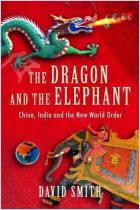
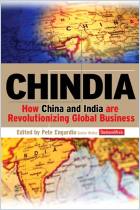

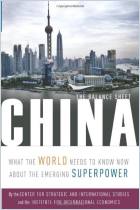
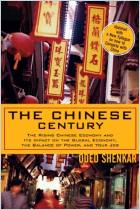
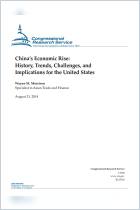



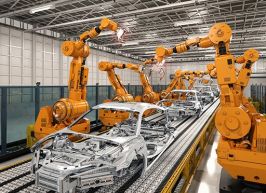

Comment on this summary or 开始讨论